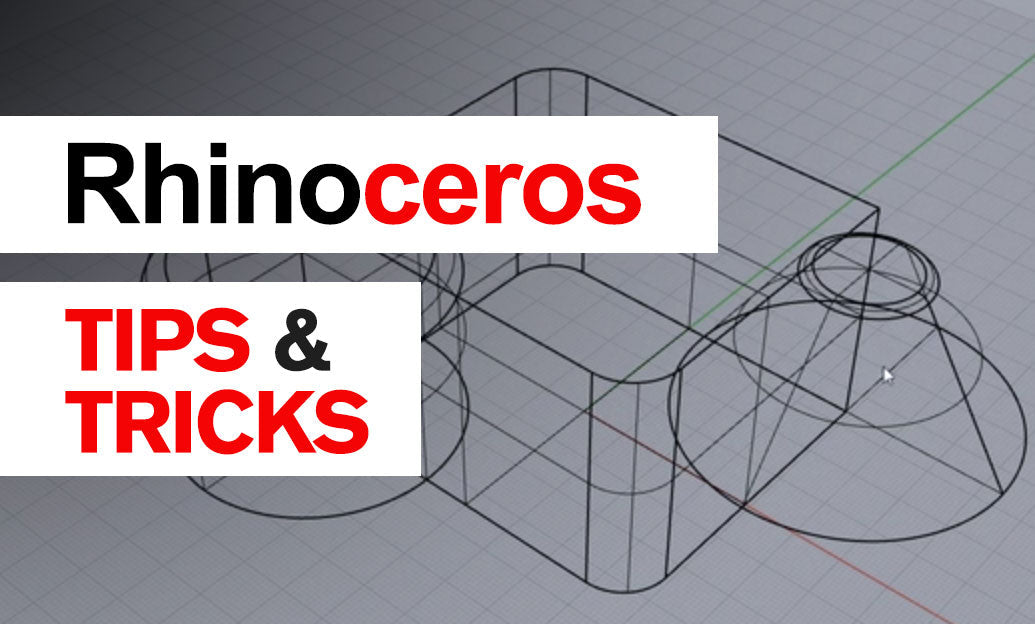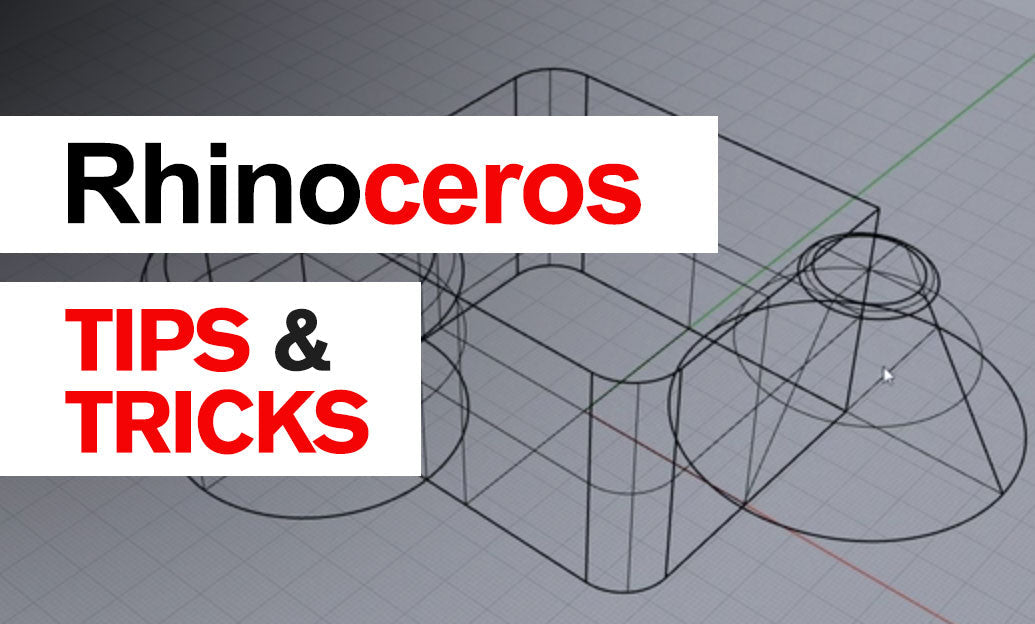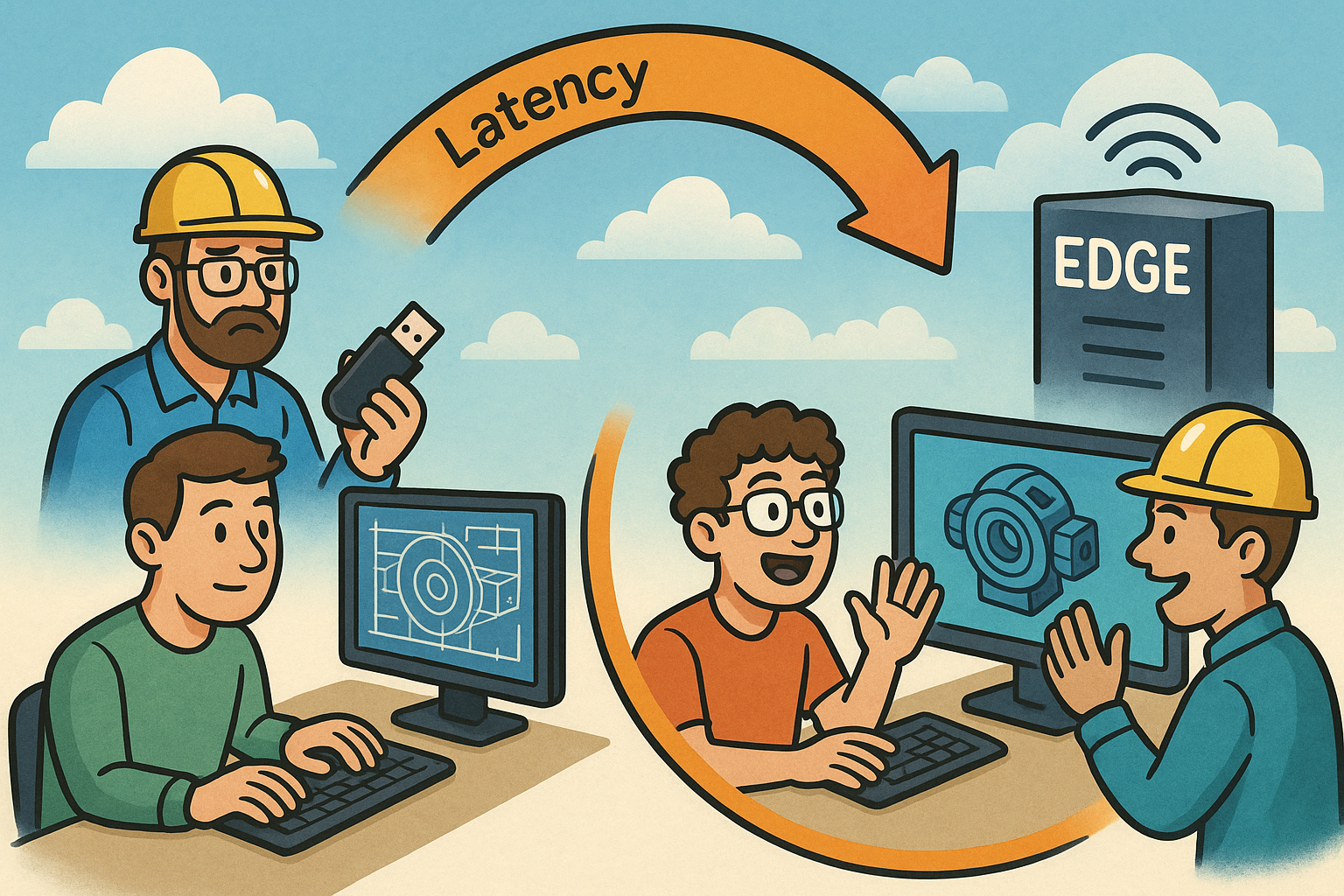Your Cart is Empty
Customer Testimonials
-
"Great customer service. The folks at Novedge were super helpful in navigating a somewhat complicated order including software upgrades and serial numbers in various stages of inactivity. They were friendly and helpful throughout the process.."
Ruben Ruckmark
"Quick & very helpful. We have been using Novedge for years and are very happy with their quick service when we need to make a purchase and excellent support resolving any issues."
Will Woodson
"Scott is the best. He reminds me about subscriptions dates, guides me in the correct direction for updates. He always responds promptly to me. He is literally the reason I continue to work with Novedge and will do so in the future."
Edward Mchugh
"Calvin Lok is “the man”. After my purchase of Sketchup 2021, he called me and provided step-by-step instructions to ease me through difficulties I was having with the setup of my new software."
Mike Borzage
Rhino 3D Tip: Mastering Rhino 3D Viewport Display Modes for Enhanced Model Visualization
August 07, 2024 2 min read

Enhancing the way you visualize your 3D models in Rhino can significantly improve your modeling experience and presentation. The Viewport Display Modes in Rhino offer various options for viewing your work, from simple wireframes to fully shaded and textured models. Here are some tips to master viewport display modes for better visualization:
- Know Your Display Modes: Rhino comes with several default display modes such as Wireframe, Shaded, Rendered, Ghosted, X-Ray, and others. Each mode serves a different purpose; use Wireframe for a clear view of all edges, Shaded for a quick check of surfaces and solids, and Rendered for a more realistic preview of the final product.
- Custom Display Modes: If the default modes don’t fit your needs, you can create custom display modes. Go to Options > View > Display Modes to adjust settings like lighting, shading, and edge thickness to create a mode that works for your specific project.
- Use Hotkeys: Assign hotkeys to switch between your most frequently used display modes quickly. This can greatly speed up your workflow by reducing the need to manually change modes through menus.
- Apply Modes to Individual Viewports: You may want different viewports to display different modes simultaneously. Right-click on the viewport title to select a display mode for that specific viewport only.
- Artistic and Pen Modes: Use these modes for stylized presentations that simulate hand-drawn sketches. They are great for client presentations where a less technical look is desired.
- Real-Time Rendering: For an even more advanced visualization, use NOVEDGE to get plug-ins like V-Ray for Rhino or Enscape to have real-time rendering capabilities within your viewports.
- Viewport Capture: Capture images of your viewports using the _ViewCaptureToFile command. This can be used to quickly save visualizations without going through a full rendering process.
- Maximize Perspective Viewport: Double-click the Perspective viewport title for a quick full-screen view. This can help you focus on details without the distraction of the other viewports.
- Layer Visibility in Viewports: Control the visibility of layers in specific viewports by right-clicking the layer and choosing “Change object layer”. This can help in isolating parts of your model for focused work.
- Analyze and Evaluate: Use modes like Zebra and Environment Map to analyze surface continuity and reflectivity. These modes can reveal issues with your model that may not be visible in other modes.
By mastering these viewport display modes in Rhino, you can tailor the visualization of your models to suit every phase of your design process. This can lead to better understanding, more effective communication of your ideas, and a more efficient workflow. For more resources and tools to enhance your Rhino experience, visit NOVEDGE.
You can find all the Rhino products on the NOVEDGE web site at this page.
Also in Design News

Rhino 3D Tip: Build reusable, data‑driven title block templates in Rhino
December 11, 2025 2 min read
Read More
Live Performance Budgets: Real-Time Cost, Carbon, Energy and Lead-Time in CAD/BIM
December 11, 2025 14 min read
Read MoreSubscribe
Sign up to get the latest on sales, new releases and more …



